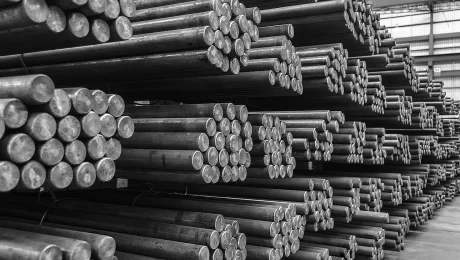Unveiling the Secrets of Manufacturing Material: How the Right Choices Shape What You Use Every Day
Have you ever wondered what makes the objects around us so durable, functional, and reliable? From the cars we drive to the tools we use, behind every well-made product lies an essential ingredient: the manufacturing material. This might seem like a simple term, but it holds the key to understanding how things are built, how long they last, and how they perform.
In this article, we’ll explore the world of manufacturing material—what it really means, the different types used today, and why choosing the right one matters. If you’re curious about what goes into making the stuff you rely on every day, stick around. Because once you understand the basics, you’ll see the importance of manufacturing material in everything from small gadgets to large construction projects.
What Is Manufacturing Material?
At its core, manufacturing material is the raw substance used to produce products and parts. Think of it as the “ingredients” used in a recipe. Just like how flour, sugar, and eggs are chosen carefully to make a tasty cake, manufacturing companies select specific materials to create strong, safe, and reliable products.
Materials can be metals, plastics, ceramics, or composites—each with unique properties suited for different jobs. The choice of manufacturing material impacts how easily a product can be made, how well it performs, and how long it lasts.
Why Is Choosing the Right Manufacturing Material Important?
Picking the right manufacturing material is like choosing the right tool for a job. Use the wrong one, and the final product might fail, wear out quickly, or be unsafe. Here’s why the right choice matters:
- Strength and Durability: Materials like steel or aluminum are strong and can handle stress and weight.
- Corrosion Resistance: Some materials, like stainless steel, resist rust and corrosion, making them ideal for outdoor or humid environments.
- Weight: Lighter materials are easier to handle but might not always be the strongest.
- Cost: Some materials are more affordable but might not meet all the needs.
- Appearance and Finish: The look of the material can affect design choices.
Understanding these factors helps industries decide on the best manufacturing material for each product.
Types of Manufacturing Materials
The world of manufacturing materials is vast. Let’s explore some of the main categories.
Metals
Metals are among the most common manufacturing materials due to their strength, ductility, and flexibility.
- Steel: Known for its high strength and durability, steel is used in buildings, cars, ships, and tools. It can be plain carbon steel or alloyed with other metals for specific properties.
- Aluminum: Lightweight and corrosion-resistant, aluminum is popular in aerospace, packaging, and transportation.
- Copper: Excellent conductor of electricity, used in electrical wiring and plumbing.
Plastics
Plastics are versatile, lightweight, and cost-effective.
- Polyethylene: Used in packaging, bottles, and plastic bags.
- PVC (Polyvinyl Chloride): Common in pipes, window frames, and medical devices.
- Nylon: Known for its strength and flexibility, used in gears and textiles.
Ceramics
Ceramics are hard, heat-resistant materials often used in electronics, medical implants, or high-temperature environments.
Composites
These are materials made by combining different substances to enhance specific properties. Carbon fiber, for instance, is extremely strong yet lightweight—favorite for high-performance sports equipment and aerospace.
How Material Selection Works in Manufacturing
Choosing the right manufacturing material involves analyzing how a product will be used, exposed to environmental conditions, and manufactured.
- Assess the Application: Will the product bear weight? Will it be exposed to water, heat, or chemicals?
- Determine Mechanical Properties Needed: Stress strength, flexibility, or toughness?
- Factor in Manufacturing Processes: Some materials are easier to shape, weld, or machine.
- Consider Cost and Availability: Budget constraints influence material choices.
This careful decision-making ensures the final product performs as expected and lasts over time.
The Impact of Manufacturing Material on Innovation
Innovators and engineers are constantly discovering new manufacturing materials to push boundaries. For example, steel round bars—a specific form of steel—are used in construction, manufacturing, and engineering projects because of their strength and ease of use.
The development of stronger, lighter, and more sustainable materials opens new possibilities. Imagine durable, eco-friendly plastics or super-strong composites that make vehicles safer and more fuel-efficient.
Final Thoughts
Understanding manufacturing material is the first step toward appreciating how our world is built. Whether it’s a simple plastic container or a complex jet engine part, the material chosen makes all the difference.
Next time you hold an object, think about what it’s made of and why that material was chosen. From improving product design to developing innovative solutions, the right manufacturing material transforms ideas into reality.
Secondary Keywords
steel round bars, manufacturing processes, material selection, durability, composite materials

